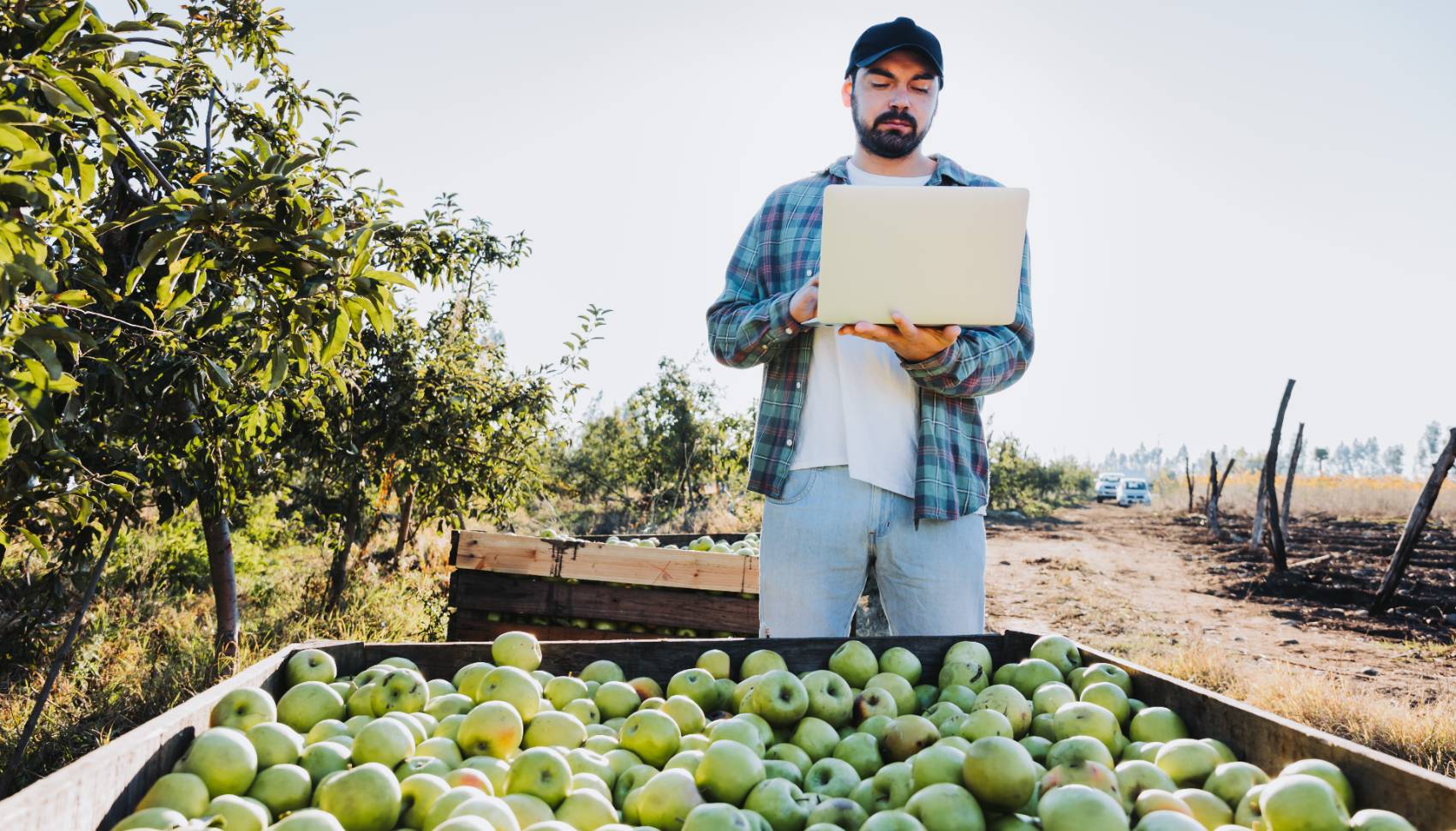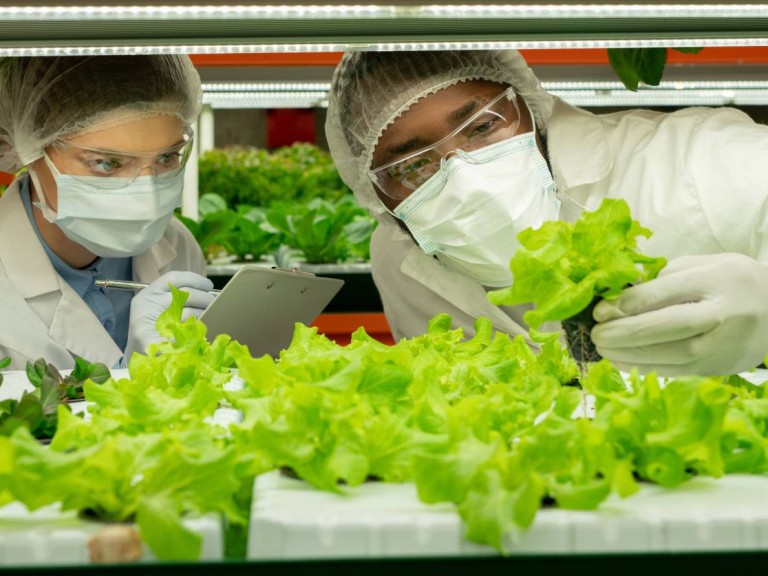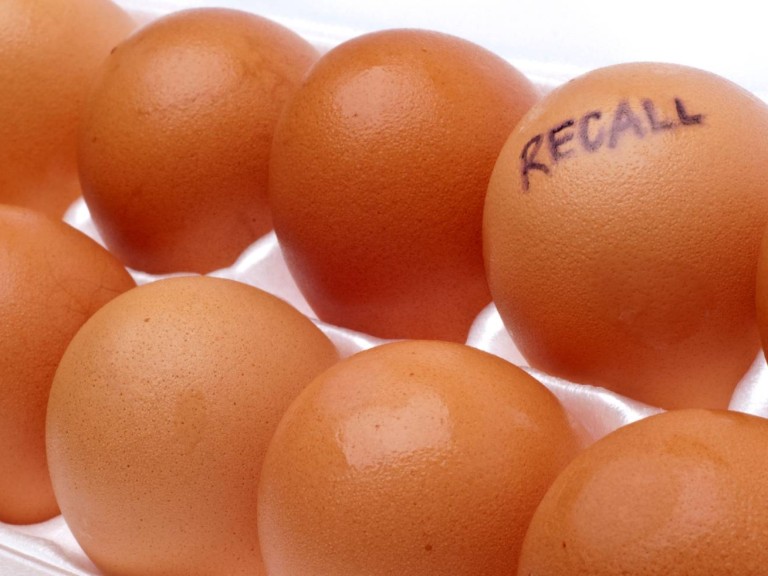Farmers are the backbone of our wonderful industry. Our farmers are the hard-working people that wake up early and rest late to assure the world has a steady stream of food. The food industry is the largest in the world and impacts every human, so it is no surprise that the food chain has developed into a diverse network of complex systems. But none the less, our farmers are the cornerstone of this industry. That being said, to secure the safety of the products in commerce, we must start with the growing operations; begin on the right foot as they say. The Produce Safety Rule was introduced with the Food Safety Modernization Act and was the first major ruling that farmers must abide by. There are a few exemptions but for the most part, these regulations apply to the producers of human food. Compliance with the Produce Safety Rule is important for the ongoing and long-term success of any covered growing operation. In this article, I plan to cover what a growing operation should look like from an inspector’s point of view. I will not discuss some of the more complex topic such as water or fertilizers, but rather focus on what you can do to assure your operation is visually prepared for any food safety inspection.
In this article I plan to cover the problem, possible resolutions, and importance of the following topics related to site maintenance and standards:
Adjacent Properties
Neighbors can cause a lot of problems. Unfortunately, adjacent properties to your growing area may create additional risk to the safety of your products. Your property may be at risk if your neighbors are large scale animal producers, industrial manufacturing plants, waste treatment centers, or storage grounds for fertilizers or toxic chemicals. There are a million variations of risk your neighbors can add to your crop’s safety, but control begins with a site risk assessment. In this assessment you will want to account for each hazard the surrounding grounds may pose to your crop and establish strategies to reduce risk. Strategies for control may include sprinklers to control dust on nearby animal production lands, buffer zones or physical barriers such as fencing or diversion ditches. Risk-based strategic controls are important to assure your neighbors are not in control of your products safety.
Land History
Neighbors can cause a lot of problems. Unfortunately, adjacent properties to your growing area may create additional risk to the safety of your products. Your property may be at risk if your neighbors are large scale animal producers, industrial manufacturing plants, waste treatment centers, or storage grounds for fertilizers or toxic chemicals. There are a million variations of risk your neighbors can add to your crop’s safety, but control begins with a site risk assessment. In this assessment you will want to account for each hazard the surrounding grounds may pose to your crop and establish strategies to reduce risk. Strategies for control may include sprinklers to control dust on nearby animal production lands, buffer zones or physical barriers such as fencing or diversion ditches. Risk-based strategic controls are important to assure your neighbors are not in control of your products safety.
Wild and Domestic Animals
Deep in the intestines of animals lives toxic organisms that cause severe illness in humans. E. coli and Salmonella are known risks to the food industry. Animals shed these organisms when they defecate in your growing area. To prevent or reduce this risk, a farmer can use physical barriers such as fencing, use deterrents to prevent intrusion, or routinely inspect areas with known issues to monitor behavior. In the apple industry, a farming company used goats to mow the orchard. The goats left fecal matter behind in the growing area and when the workers tromped through the orchard during harvest, excrement gathered on their boots, the workers placed the contaminated boots on the rungs of the ladder as they picked the apples, as they went up and down the ladder, they placed their hands on the same rungs their contaminated boots touched resulting in their hands becoming contaminated with E. coli. All the apples the harvesters touched were contaminated and the results were catastrophic for the consumers, packers, and the grower. Sometimes, it is impossible to keep animals out of the growing area, but controls need to be in place to monitor for activity and where necessary, prevent intrusion.
Handwashing and Sanitary Facilities
A common source of contamination is handwashing stations and restrooms, most people make the association between restrooms and filth. But what people do not consider is how these facilities have a direct impact on crop safety. To assure your crops safety, look at your facilities and make sure they are not stored or stationed in the growing area. Handwashing stations and restrooms should not leak and be fully intact to contain all outputs. You will want to routinely inspect the integrity of the system including drainage lines, clean them regularly and keep them stocked. Preventing the use of poorly designed or damaged stations along with keeping them away from the growing area will help secure your products safety.
Fertilizer and Chemical Storage
A common source of contamination is handwashing stations and restrooms, most people make the association between restrooms and filth. But what people do not consider is how these facilities have a direct impact on crop safety. To assure your crops safety, look at your facilities and make sure they are not stored or stationed in the growing area. Handwashing stations and restrooms should not leak and be fully intact to contain all outputs. You will want to routinely inspect the integrity of the system including drainage lines, clean them regularly and keep them stocked. Preventing the use of poorly designed or damaged stations along with keeping them away from the growing area will help secure your products safety.
Equipment and Tools
Sometimes contamination to a crop is not from the growing area or practices. Contamination can come from unclean equipment and tools. Things such as utensils, forklifts, tractors, harvesting supplies and bins can become contaminated. To control this risk, you should inspect your equipment for sanitary design. Before making sure these things are clean, we need to make sure they are cleanable. This means they have hard, non-porous surfaces and can be cleaned with soaps and sanitizers. Once we know they can be cleaned, we want to make sure they are. Creating a simple cleaning schedule will help protect the integrity of your crop, remember, these activities should be documented. Be sure to remember the non-food contact surfaces, as they are just as important. Farmers are likely liable if an outbreak can be linked to them. Food recalls cost the food industry over $55 billion annually. A good way to limit your liability is to secure your equipment and tools to protect your products safety.
Water Sources
Water sources attract pests and is also an extremely vulnerable component of your growing operation. It is simple to control pests; fix all leaks and routinely inspect the integrity of the system. Controlling water sources from a vulnerability aspect is a bit more difficult. Water sources should be secured to prevent unauthorized access. Some farmers have installed fencing around the perimeter of the water source, some have installed cameras, and some don’t do anything. Whatever methods you choose to secure your water sources, be proactive in its protection. Water is precious in agriculture.
Packaging Materials
Packaging materials can be food contact surfaces. Regardless, your customer or next person in the food chain, see your packaging and think one of two things: clean or not clean. Integrate a routine inspection program to assess packaging materials for cleanliness and proper storage conditions. For example, it would be useless to store cardboard packaging in an extremely humid environment. If your customer see’s poor-quality packaging, it could damage the reputation of your high-quality crop and your customer could get the wrong idea. It will also be important for you to assure your packaging materials are stored in nice clean rows, elevated, and on a hard surface such as concrete to prevent pest harborage. Packaging materials need to be kept covered when not in use. Protecting your packaging will protect your brand.
Signage
At times, transients, teenagers etc. want to find a cozy, secluded spot to hang out, maybe eat a meal, who knows. Making it known to unwelcomed visitors that this is private property, and no trespassing is allowed will help keep your growing area and employees safe. Signage should be placed at all major entrances to the growing area stating, “No Trespassing”. For employees, they need to be reminded of handwashing. Placing handwashing signs at the hand washing stations and near the restroom will help them keep in mind the importance of washing their hands. Installing signage in the right locations will support your food safety system.
Litter, Weeds and Water
Poor maintenance of your grounds can allow for the harborage of pests. More Litter, more weeds and more water is an oasis for pests, a real wonderland. Keep the weeds knocked back, train your team to pick up after themselves and fix leaks to reduce pest pressure on your growing operation. Having pests in your growing area will increase costs and potentially reduce the size of your harvestable crop.
Every year, food safety incidents cost the food industry over $55 billion. Global Food Safety Consultants is a group of expert food safety advisors with experience in all sectors of the food supply-chain. We are seasoned professionals that have helped hundreds of companies achieve food safety success. GFSC can help you achieve your food safety objectives and grant you peace of mind. GFSC, your partner for all thing’s food safety. Click here to schedule a free consultation.





